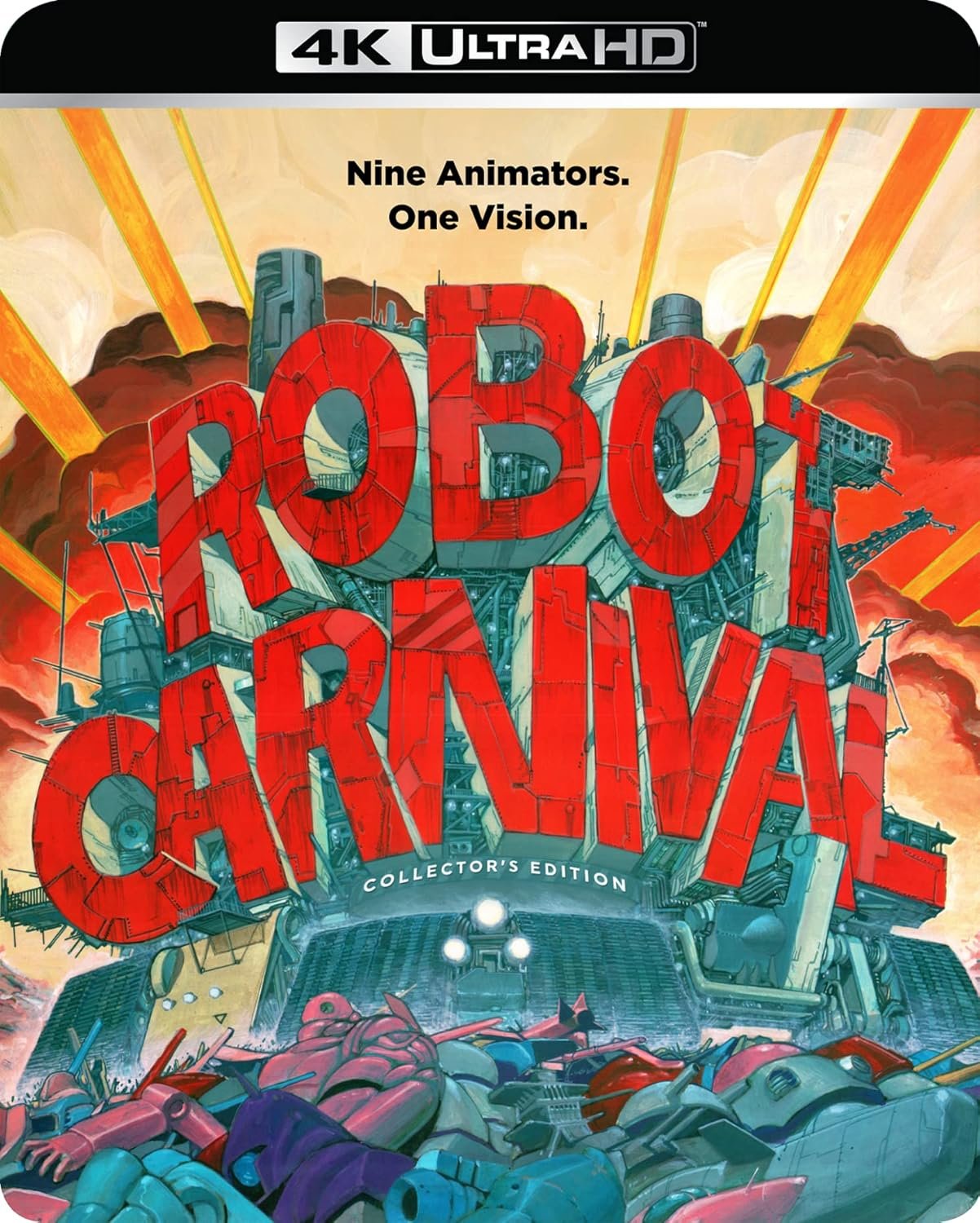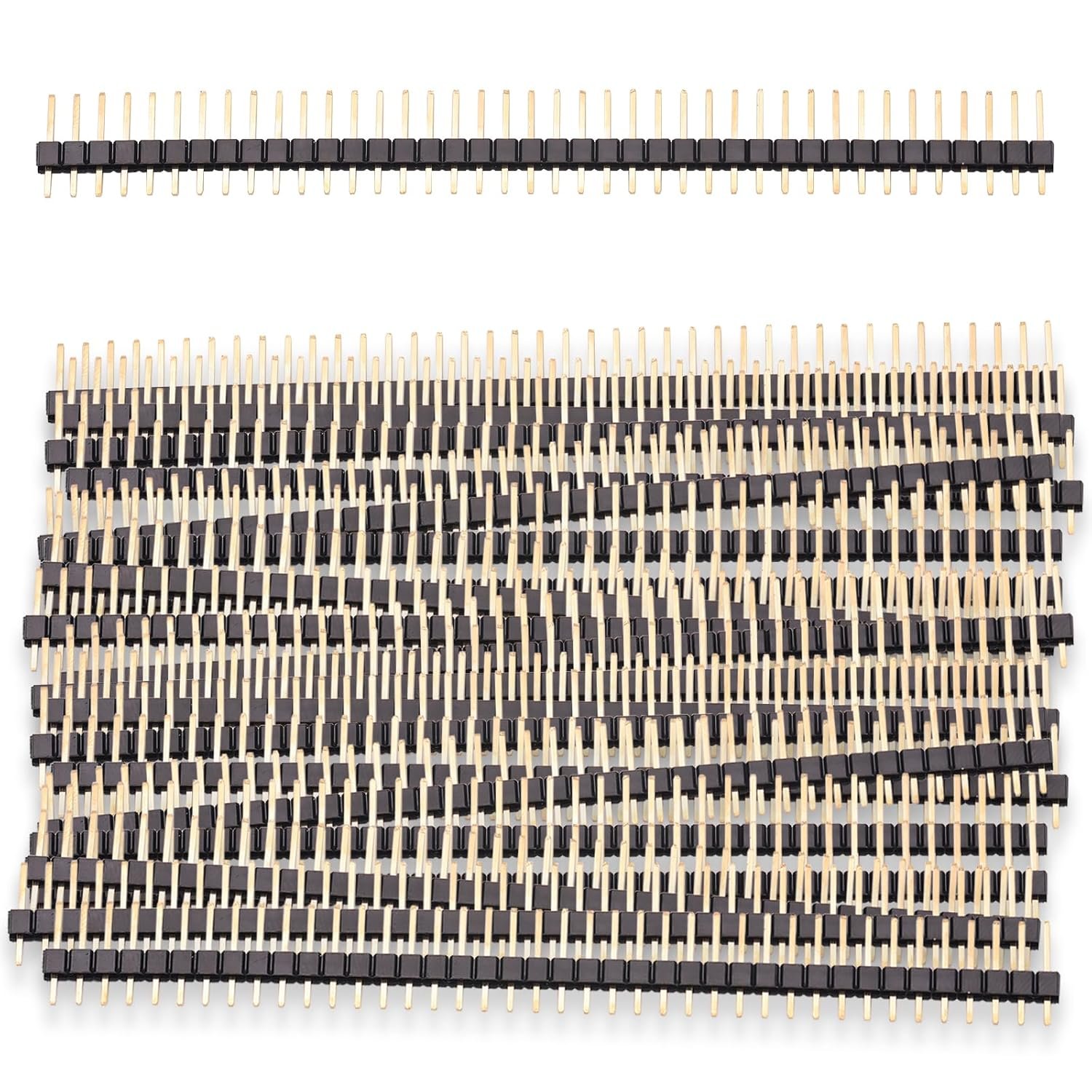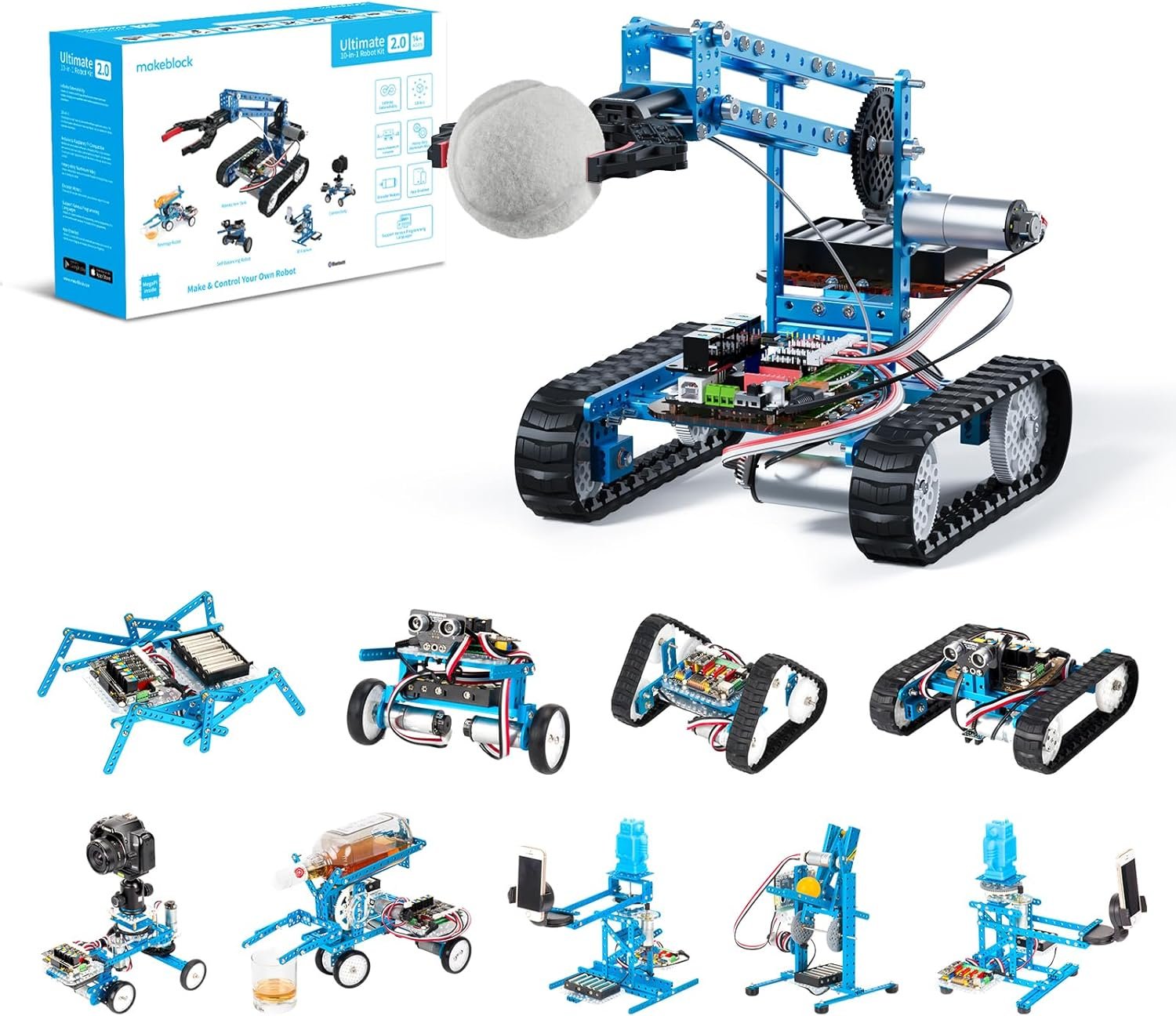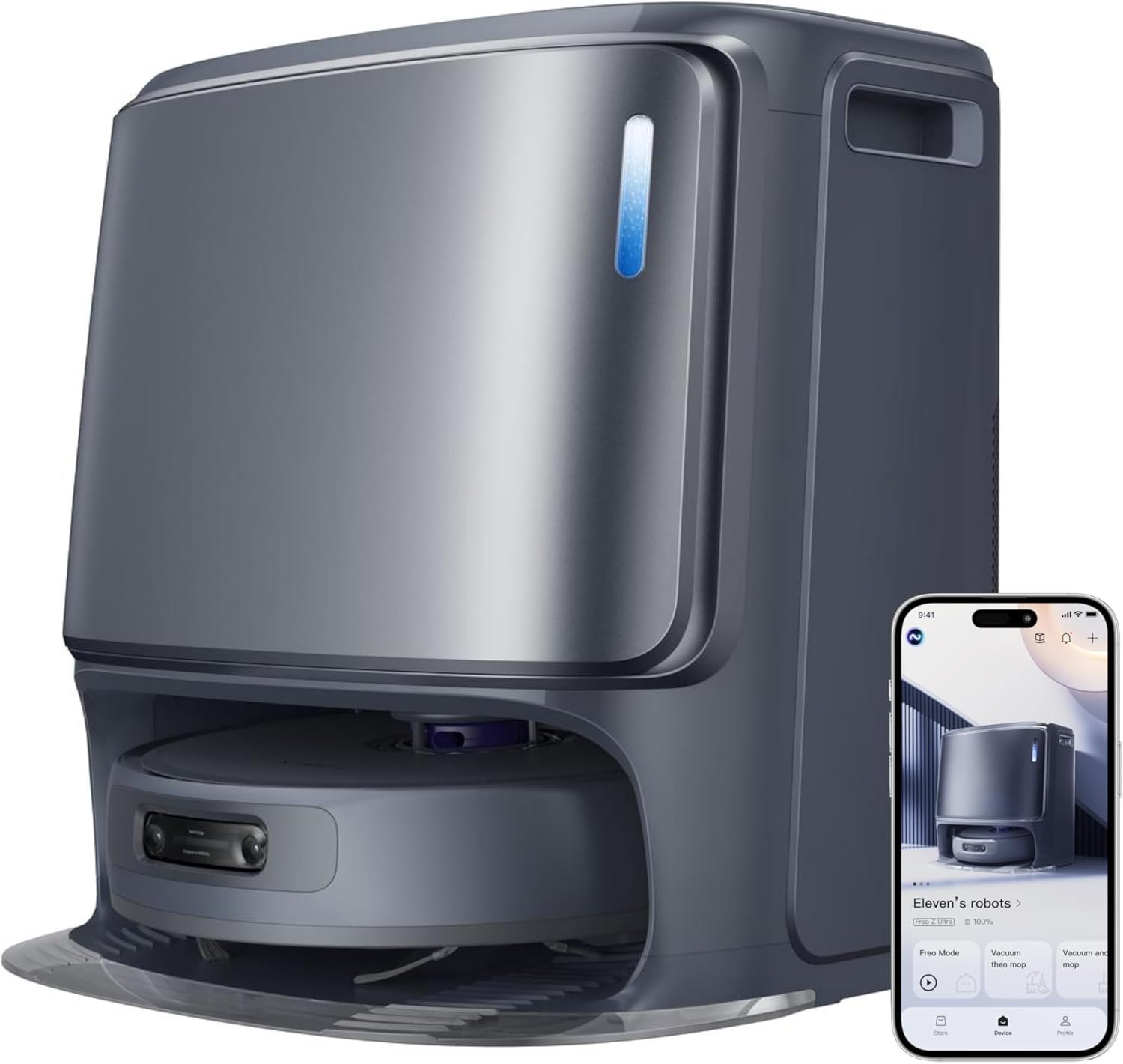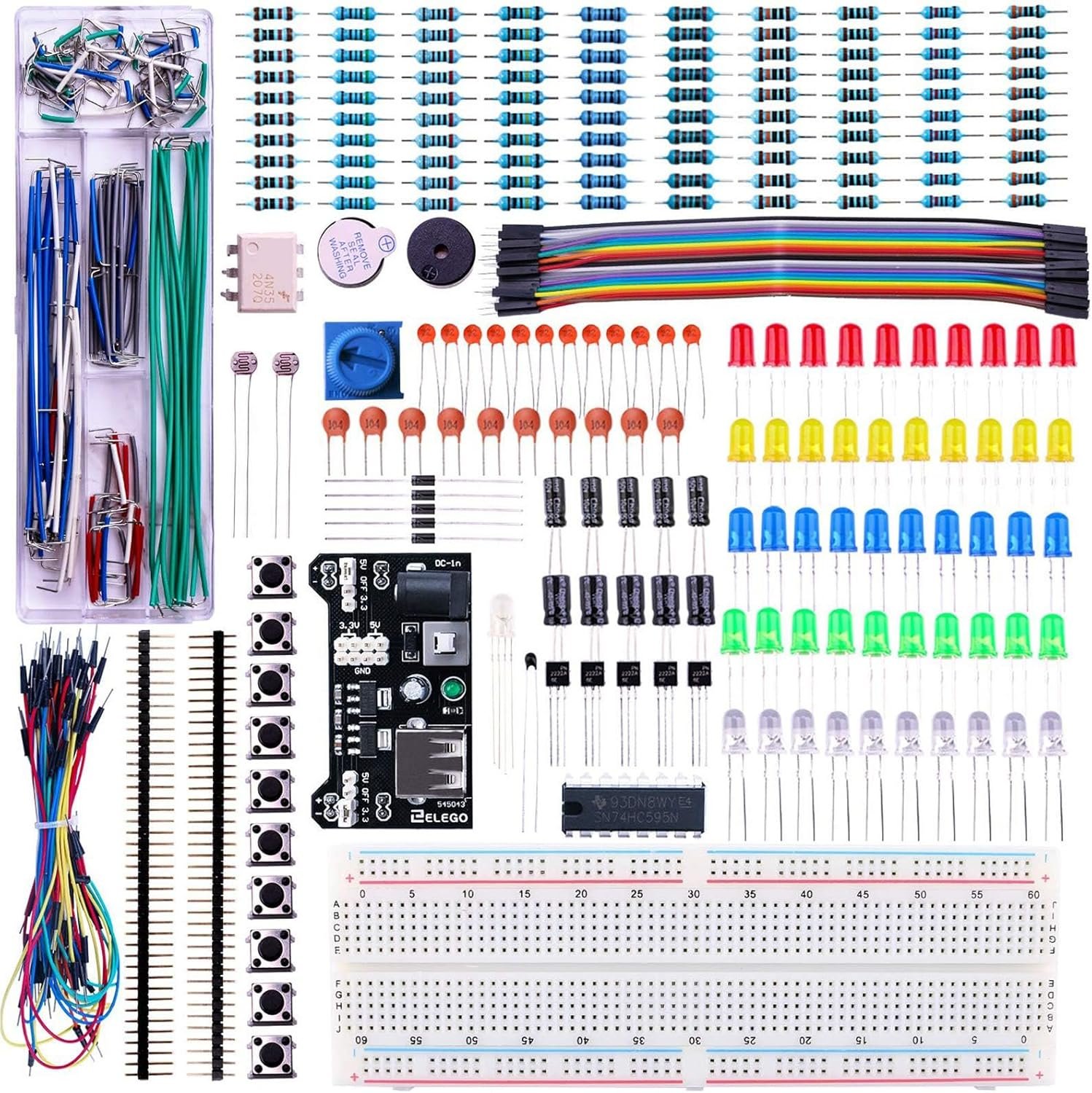

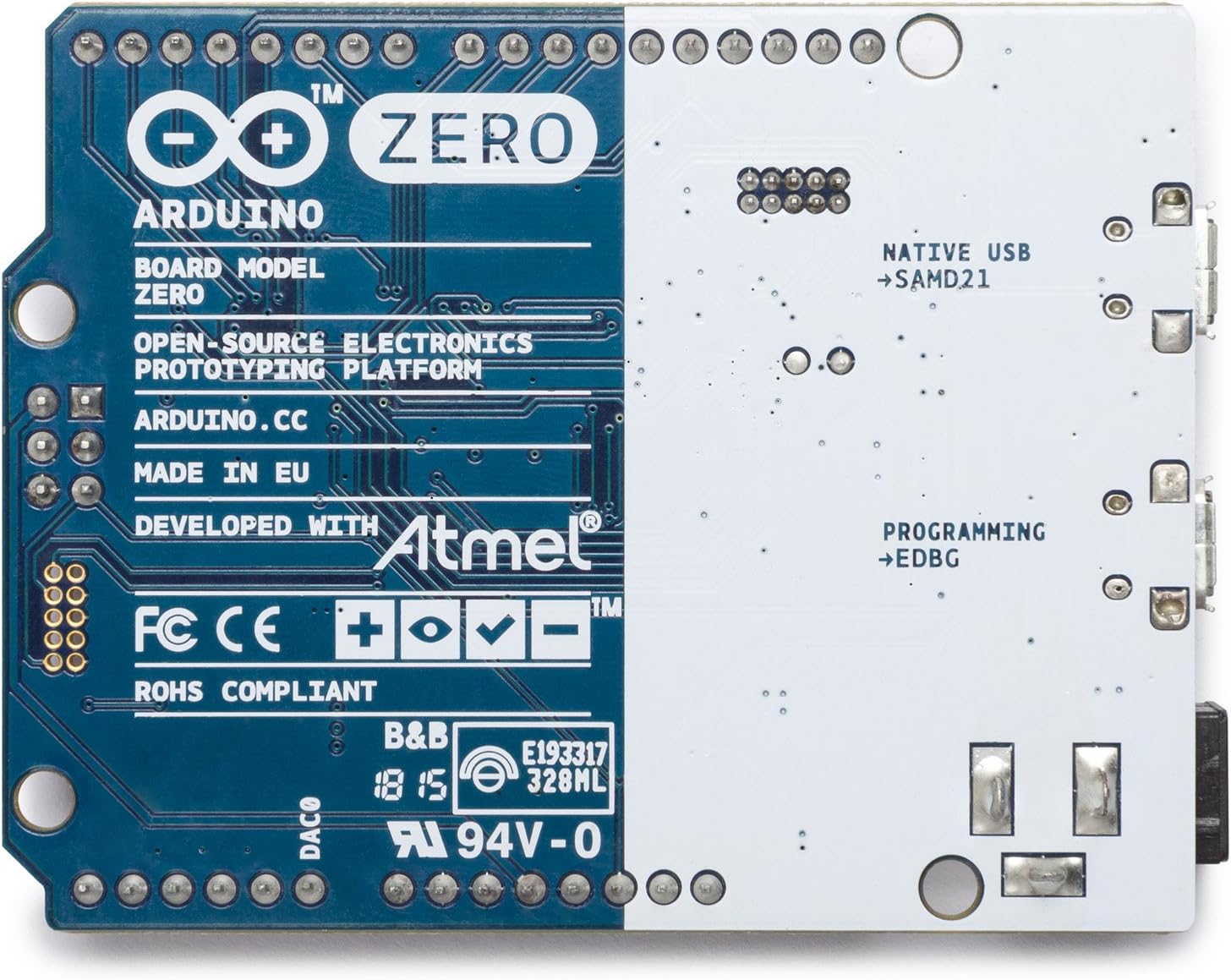
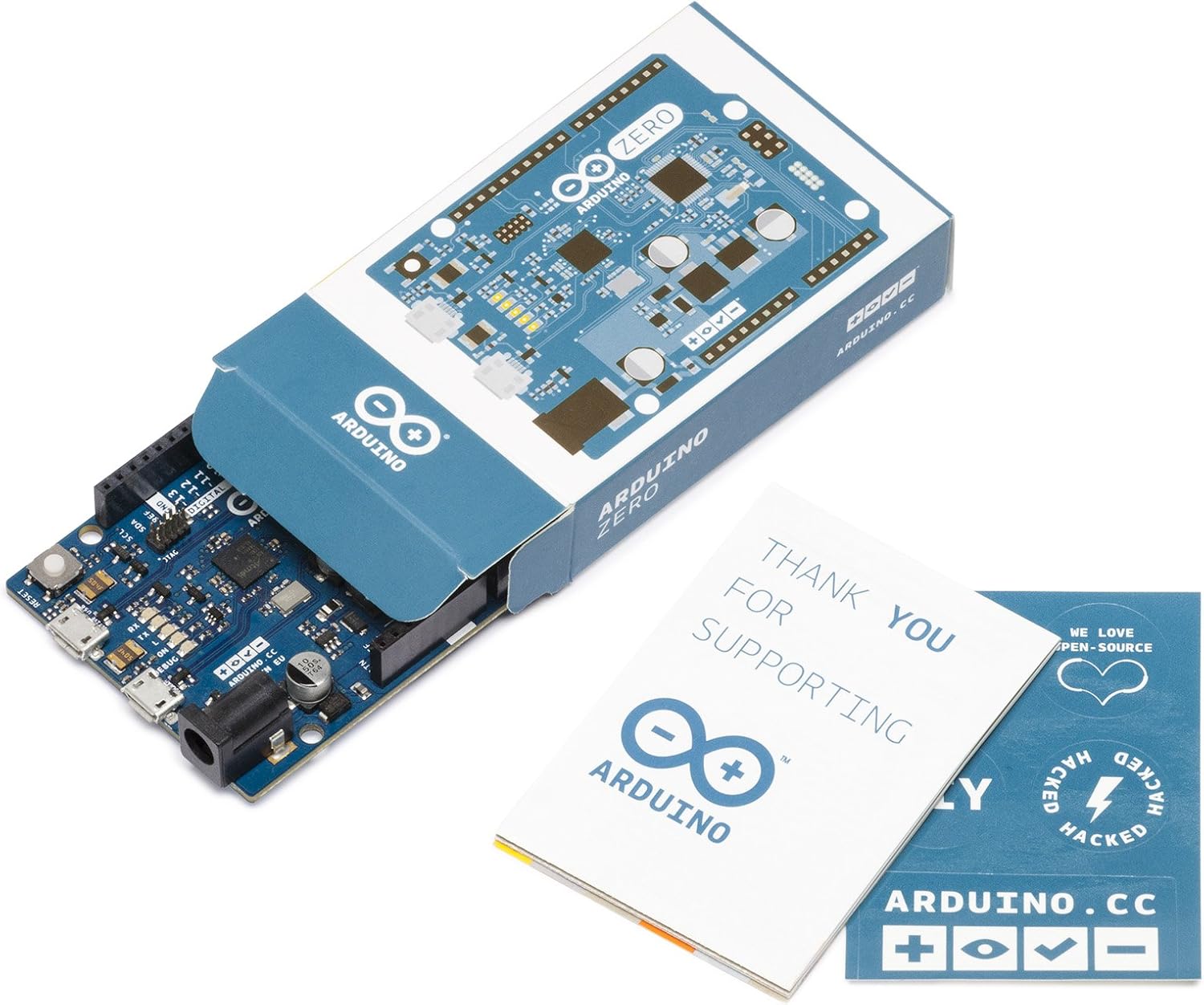
The Zero is a simple and powerful 32-bit extension of the platform established by the UNO. The Zero board expands the family by providing increased performance, enabling a variety of project opportunities for devices, and acts as a great educational tool for learning about 32-bit application development. The Zero applications span from smart IoT devices, wearable technology, high-tech automation, to crazy robotics. The board is powered by Atmel’s SAMD21 MCU, which features a 32-bit ARM Cortex M0+ core. One of its most important features is Atmel’s Embedded Debugger (EDBG), which provides a full debug interface without the need for additional hardware, significantly increasing the ease-of-use for software debugging. EDBG also supports a virtual COM port that can be used for device and bootloader programming.
Arduino Zero is designed to be compatible with most shields designed for the Arduino UNO.
On board you’ll find: 20 Digital I/O Pins, most of them are also PWM pins, 2 UART, 6 analog inputs (12-bit ADC), 1 analog output, supports for a virtual COM port, one SPI reader, one TWI.
Simple to connect to a computer using a micro-USB cable. Power it with an AC/DC adapter or battery to get started.
The maximum voltage that the I/O pins can tolerate is 3.3 Volts. Applying voltages higher than 3.3 Volts to any I/O pin could damage the board.
Choose between two options to upload code to the board: a dedicated programming port and a native USB Port.
arduino ,
Arduino Zero is designed to be compatible with most shields designed for the Arduino UNO.
On board you’ll find: 20 Digital I/O Pins, most of them are also PWM pins, 2 UART, 6 analog inputs (12-bit ADC), 1 analog output, supports for a virtual COM port, one SPI reader, one TWI.
Simple to connect to a computer using a micro-USB cable. Power it with an AC/DC adapter or battery to get started.
The maximum voltage that the I/O pins can tolerate is 3.3 Volts. Applying voltages higher than 3.3 Volts to any I/O pin could damage the board.
Choose between two options to upload code to the board: a dedicated programming port and a native USB Port.
arduino ,


